In the 1980s, gasoline was extremely scarce and had to be rationed. Necessity is the mother of invention, and when there was no gasoline, talented craftsmen modified cars to run on charcoal. Coal-powered buses are now a thing of the past, but for many people, the image of these vehicles will forever be an indelible memory.
In the 1960s, French Renault cars were imported with machinery and equipment, then put into passenger buses. Everywhere in the South, you could see the silhouette of Renault cars with yellow and red tones circulating everywhere. After liberation, especially in the 1980s, our country was surrounded, embargoed, gasoline was extremely scarce, being a strategic commodity that had to be distributed according to orders. Necessity is the mother of invention, Renault buses were modified by talented workers into coal-powered engines with the principle of using charcoal that was heated in a sealed anaerobic tank, creating "gas". From the time charcoal was put in the tank, heated until the gas was released, it took about 1 hour. Actually, this is not a new invention. This is the Wood gas technology that was developed in Europe after World War II, when the whole world was heavily devastated, coming out of the war in a state of exhaustion.
 |
Modified cars, the fuel tank at the back of the car is made of iron with a diameter of 40 - 50cm, as high as 2 barrels, placed vertically behind the car. The driver follows the car, both picking up passengers, collecting money and acting as a miner, adding more coal to the tank when the coal is burned out. Some people humorously call it a rocket car because of the modified coal tank at the back of the car.
Nha Trang at that time had 2 bus stations in the inner city. The inter-provincial bus station was at the end of Ngo Gia Tu street, which is now Ngo Gia Tu apartment building. This bus station was for buses going from Nha Trang to other provinces, which were 50-seat diesel vans, the type of vehicles of the Phi Long and Phi Ho companies in the past. The intra-provincial bus station was at the beginning of Sinh Trung street, adjacent to 2-4 street, for buses going to districts and towns in Phu Khanh province. This bus station was full of Renault vehicles running on coal.
Back then, I often had to go on business trips to Tuy Hoa town and the districts of Phu Yen today. Every time I went on a business trip, the day before I had to ask for a letter of introduction from my agency so that I could go out at 5am the next morning to get priority to buy tickets to be sure because at that time, there were many people and few vehicles, so it was normal to wait in line until all the tickets were sold out. At 6am, the vehicle was packed with passengers, the hood was full of goods, and then it slowly started to move. In those days, the road was bad, and the coal truck ran very slowly. At the back of the vehicle, the conductor was busy using a long iron rod to stir the coal and ash to keep the charcoal burning. Coal scraps and ash were scattered along the road, and whoever sat at the back of the vehicle, near the coal tank, looked like... grilled squid. When the vehicle reached Dai Lanh, the driver stopped the vehicle to let the passengers rest before crossing Ca Pass. The conductor took the opportunity to add more coal and fill the hood with water (at that time, the vehicle was cooled by a water tank on the hood, the water flowed directly onto the road). The hood refilling stations that day sprang up like mushrooms on both sides of the road.
The journey through Ca Pass was an unforgettable experience. The car slowly crept up the pass, the conductor held a stick in his hand, when he saw that the car was too weak to go jerkily, he jumped off, ready to chock the wheels to prevent the car from sliding down the slope. After catching his breath, the car crept up again, the conductor also jumped on the car, preparing for the next... jump off. The passengers were exhausted with worry, it took more than an hour for the car to cross the pass. It was about 2-3 pm when the car reached Tuy Hoa. Jumping off the car, I went into Tuy Hoa market (now the central supermarket right on Tran Hung Dao street) to find a bowl of cold noodles to regain my strength and then walked back to the office. That was to Tuy Hoa, but on business trips to Tuy An, Dong Xuan... the journey of torment lasted even longer, arriving in the evening because of the extra distance and the extra passes.
Today’s 9X generation doesn’t know much about the coal truck era and the arduous journeys of the past. But that’s okay, the hardships experienced in the past have become deep memories in the mind. Suddenly, I remember a poem by a Russian female poet: “The years are more bitter, the years are sweeter”. When the past is so full, what is there to remember? Who still remembers the coal truck trips filled with memories?
MERCURY
Source




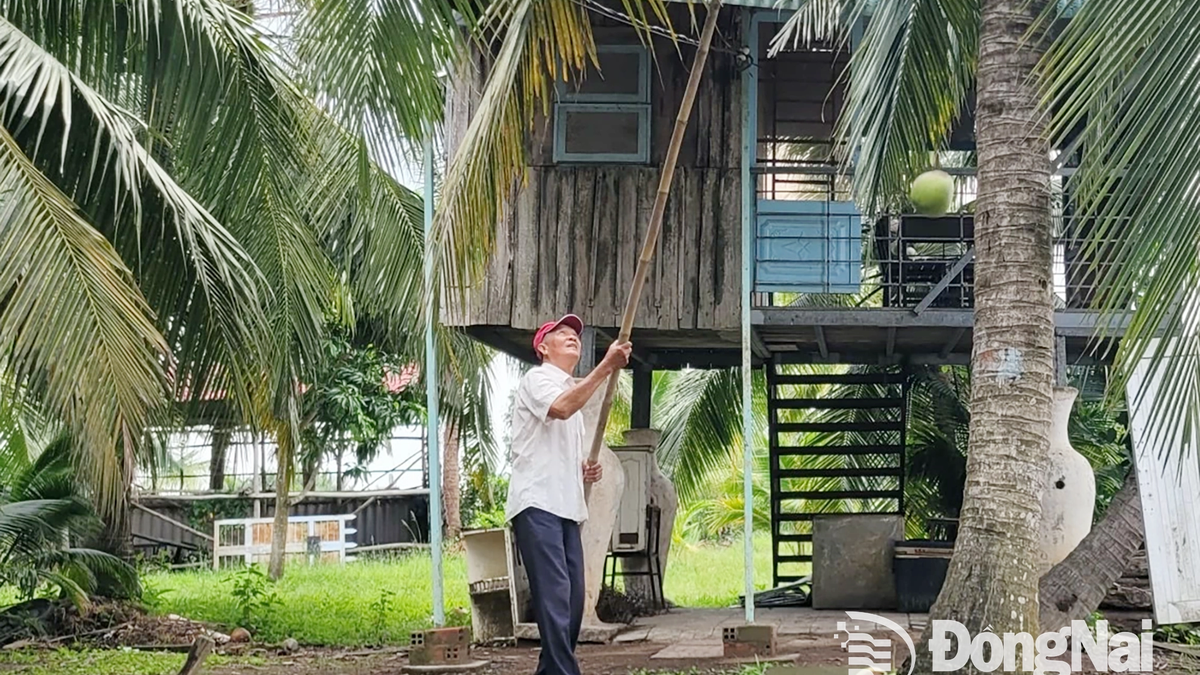
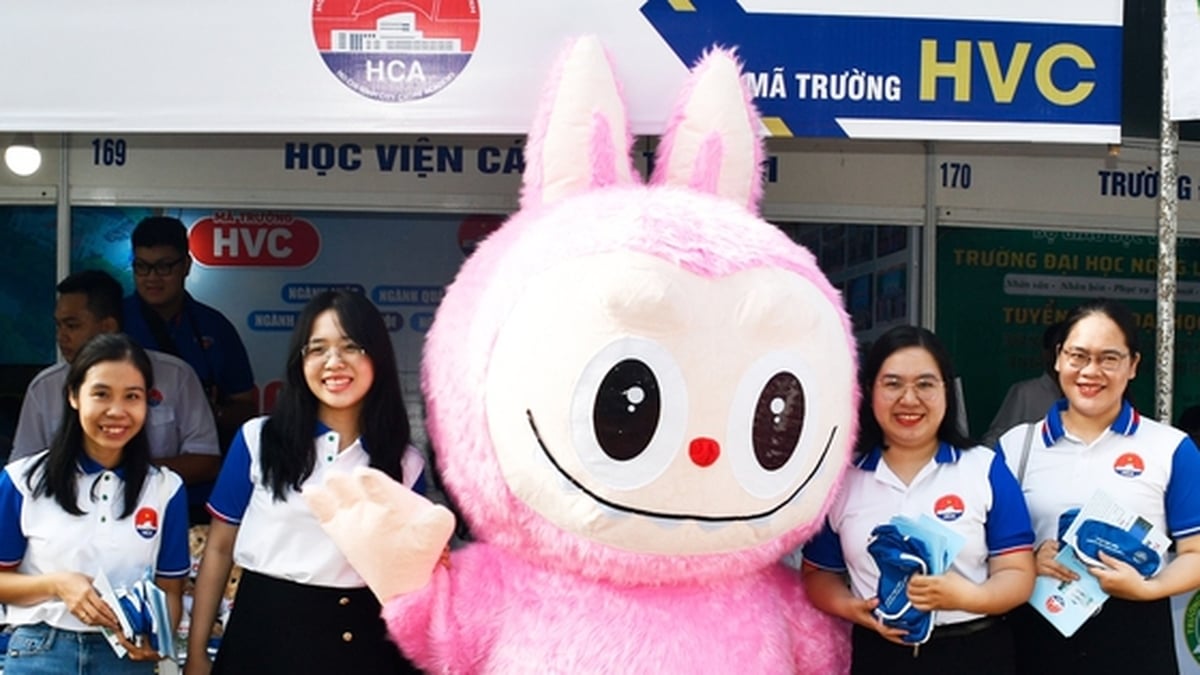

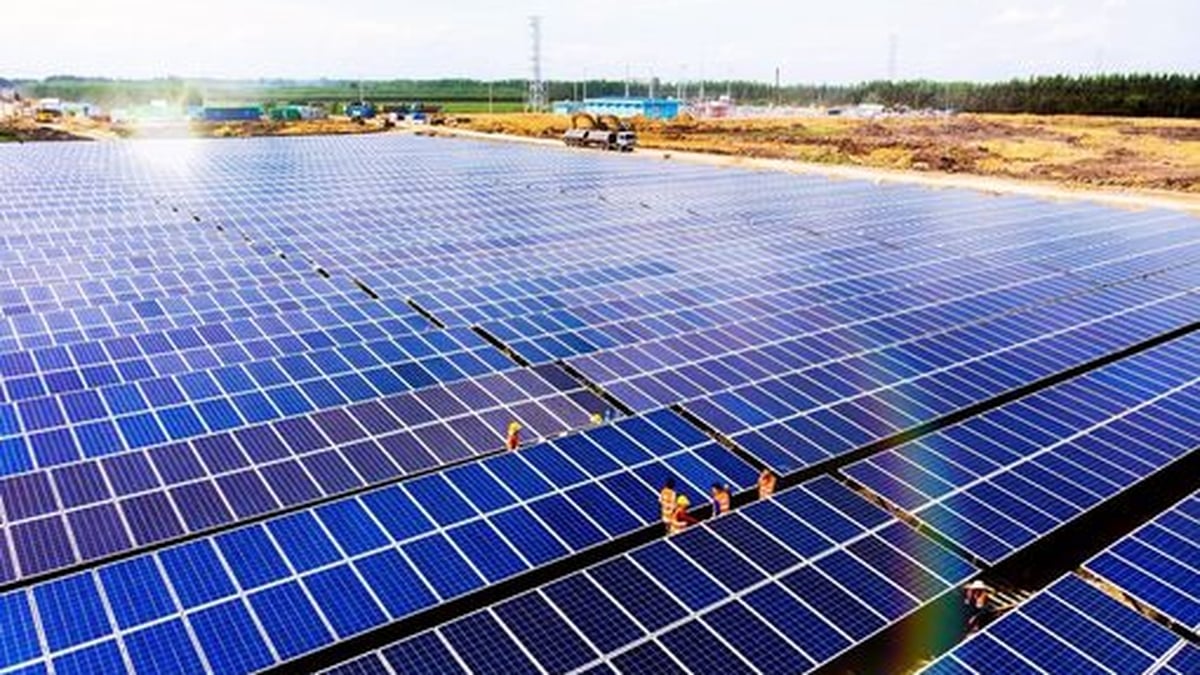


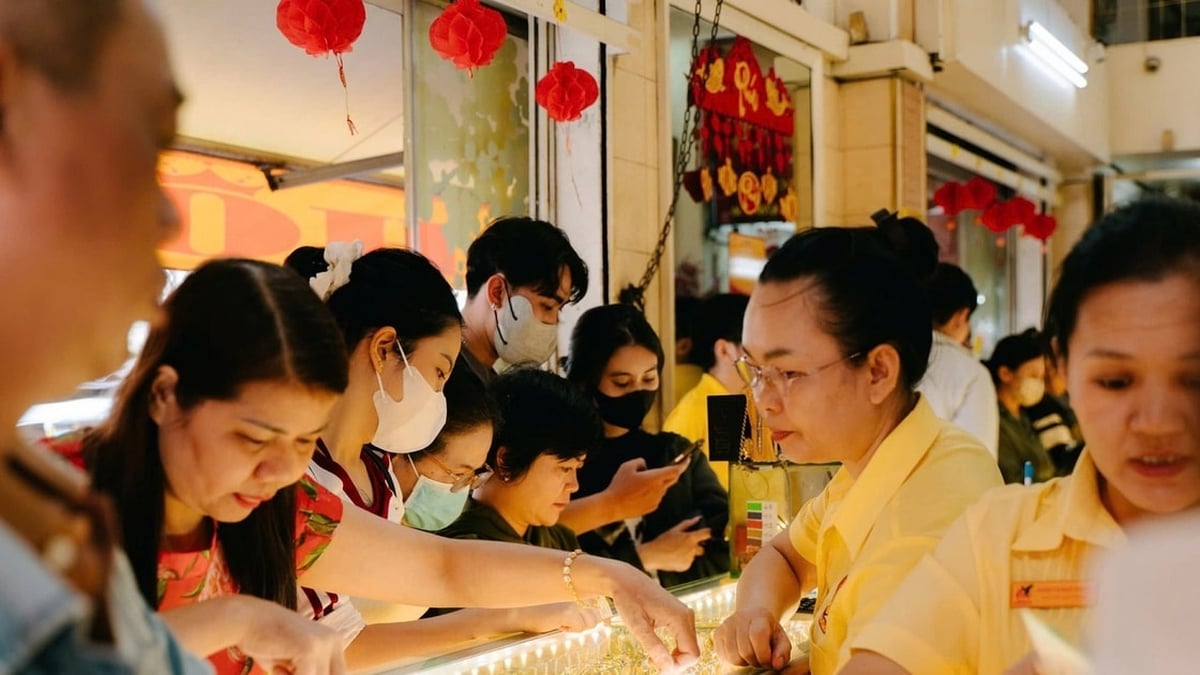
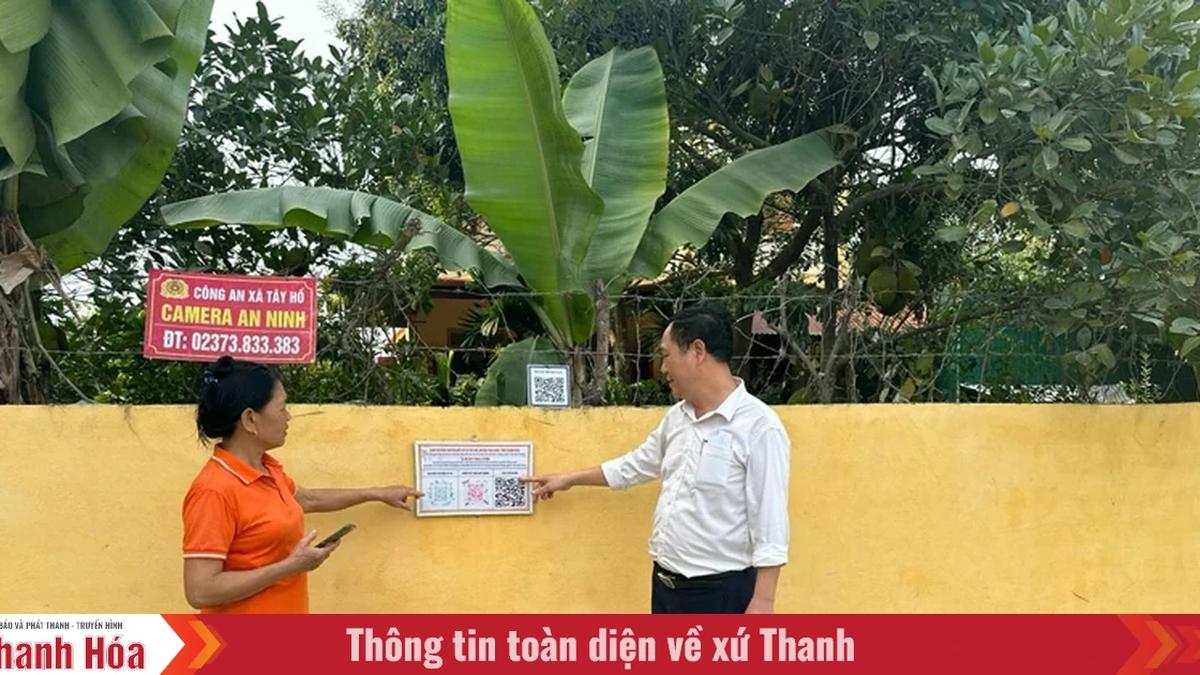






















































































Comment (0)